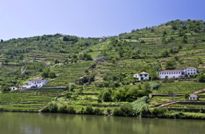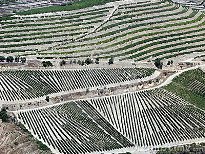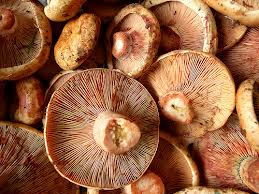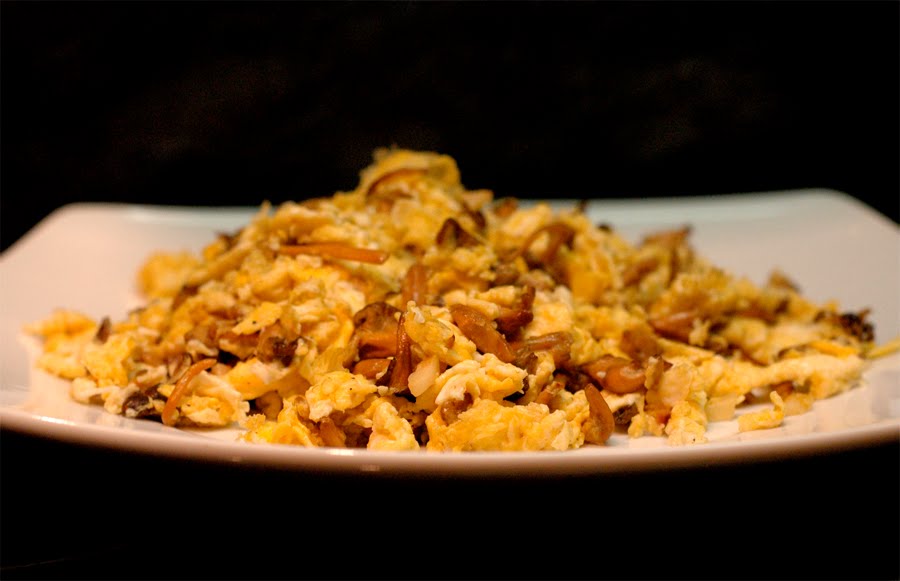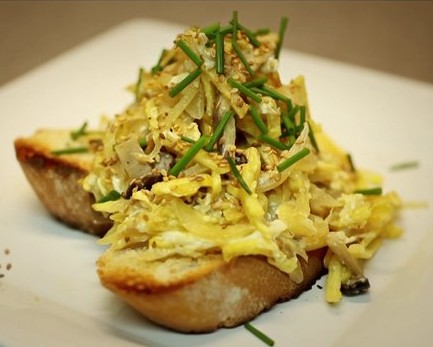Escudella i Carn d’Olla (more commonly known as Escudella) is a traditional Catalan soup/stew. Traditional Escudella is typically served in two parts:
Escudella- The broth part with rice/pasta or both
Carn d’Olla- The meat and vegetables used in the broth
Although, it can be served together and is called Escudella Barrejada
Ingredients for Traditional Spanish Escudella Recipe:
- 400 gr. chickpeas
- 1 piece beef bone
- 200 gr. bacon
- 1 pig ear
- 300 gr. beef
- 1 black sausage
- 10 garlic cloves
- 1 cabbage
- Celery
- 1 turnip
- 4 carrots
- 1 onion
- Rice or giant pasta
- Salt
Method for traditional Spanish Escudella recipe:
Leave the chickpeas to soak for 24 h.
In a large pot heat the chickpeas together with the bones, pig ear, bacon, unpealed garlic cloves, carrots, turnip, celery, onion and beaf meat.
Carefully add salt taking into account that some of the ingredients like bacon are salty. Cover the pot and bring to a boil. Lower the heat and allow to slowly cook for 2 hours.
Cook the black sausage in a separate pot for approximately 15 minutes. Once cooked add the cabbage and heat for 10 minutes. Once the vegetables and meat are cooked, place in a container.
Bring the soup to boil and add the rice or giant pasta. Cook for 10 minutes.
Serve all ingredients together for a wonderful Traditional Spanish Escudella.
Our Private Cooking Tour in Northern Spain is the best (and most fun!) way to introduce you to local and authentic Spanish recipes. This unforgettable private culinary tour includes a visit to Barcelona’s most talked about marketplace, La Boqueria, 2 gourmet cooking classes with Spanish chefs followed by a delicious 3-course meal, Gourmet tastings, Wine tastings as well as cultural visits.

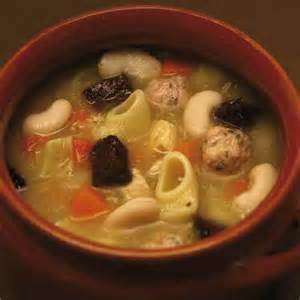
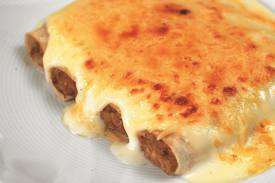
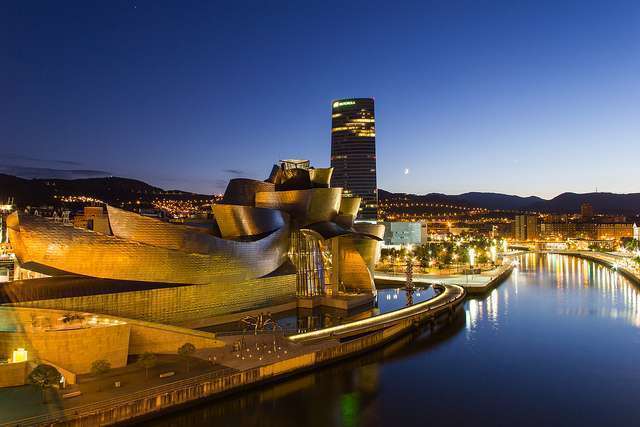
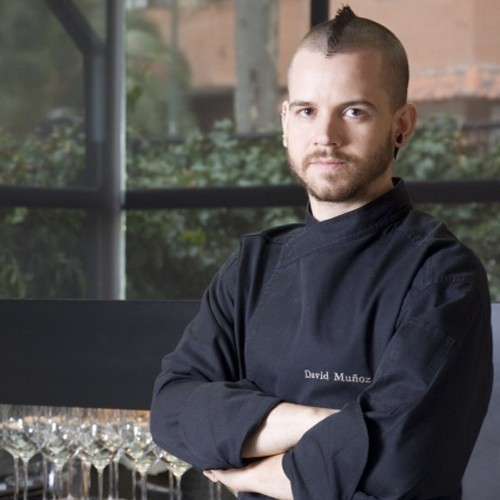
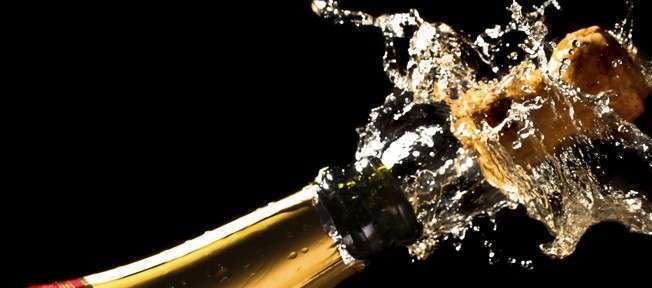
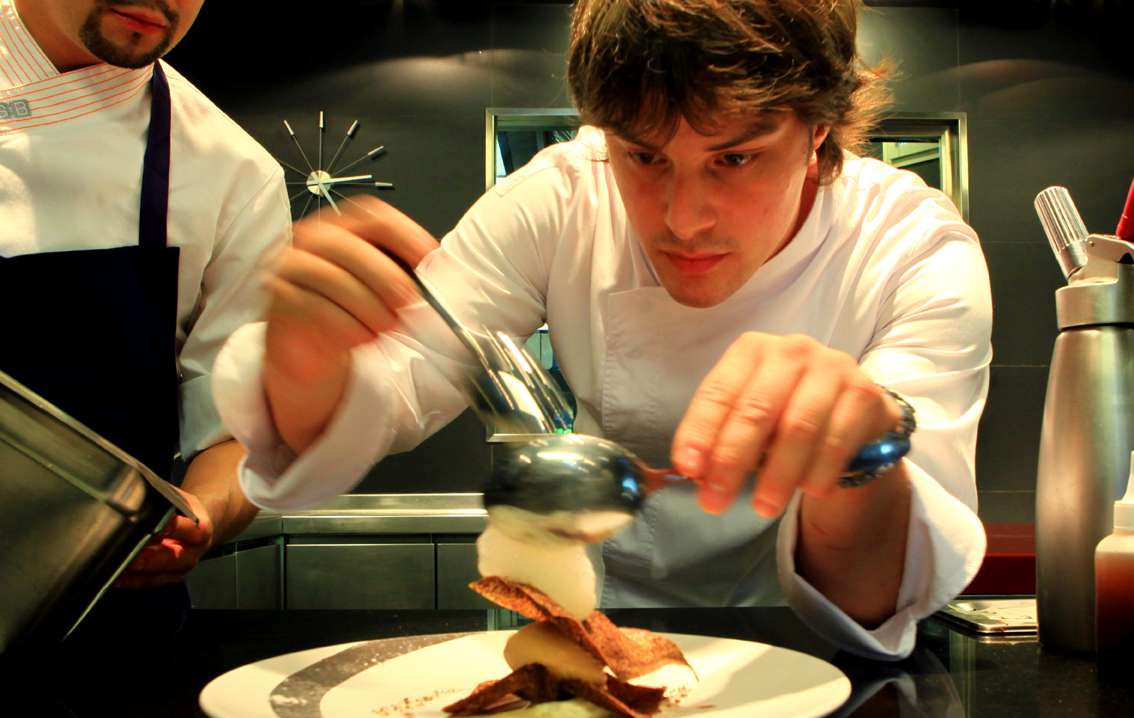
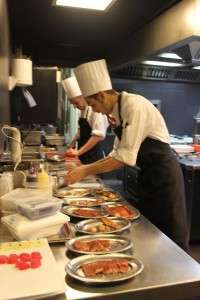
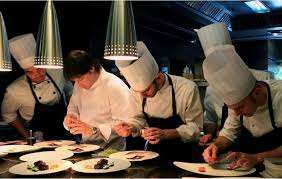
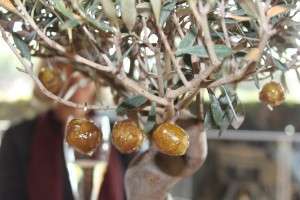
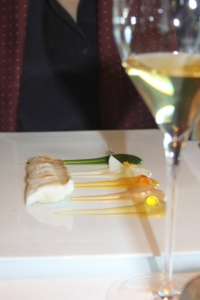
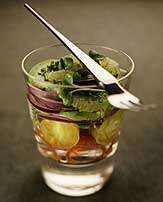
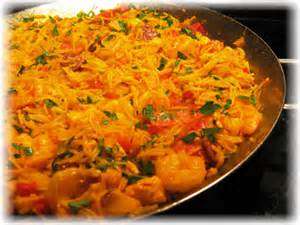
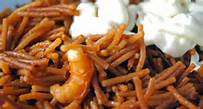
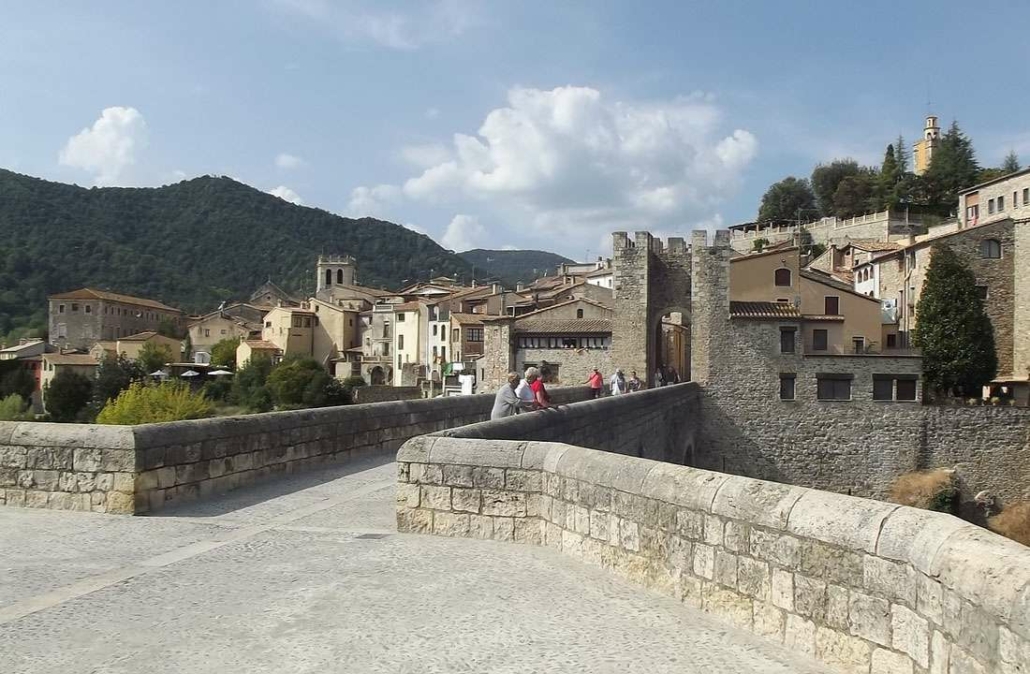
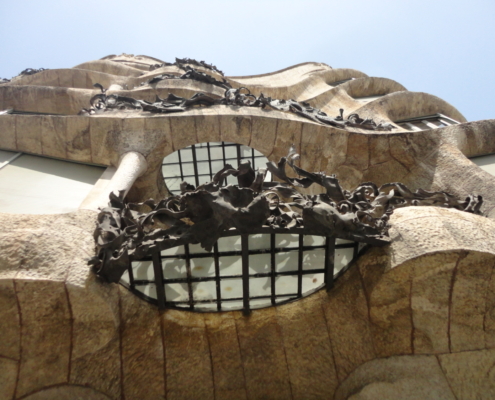
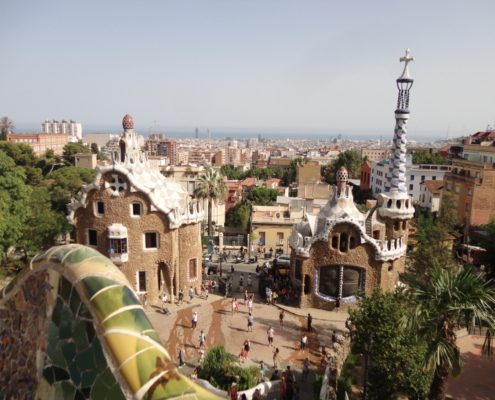
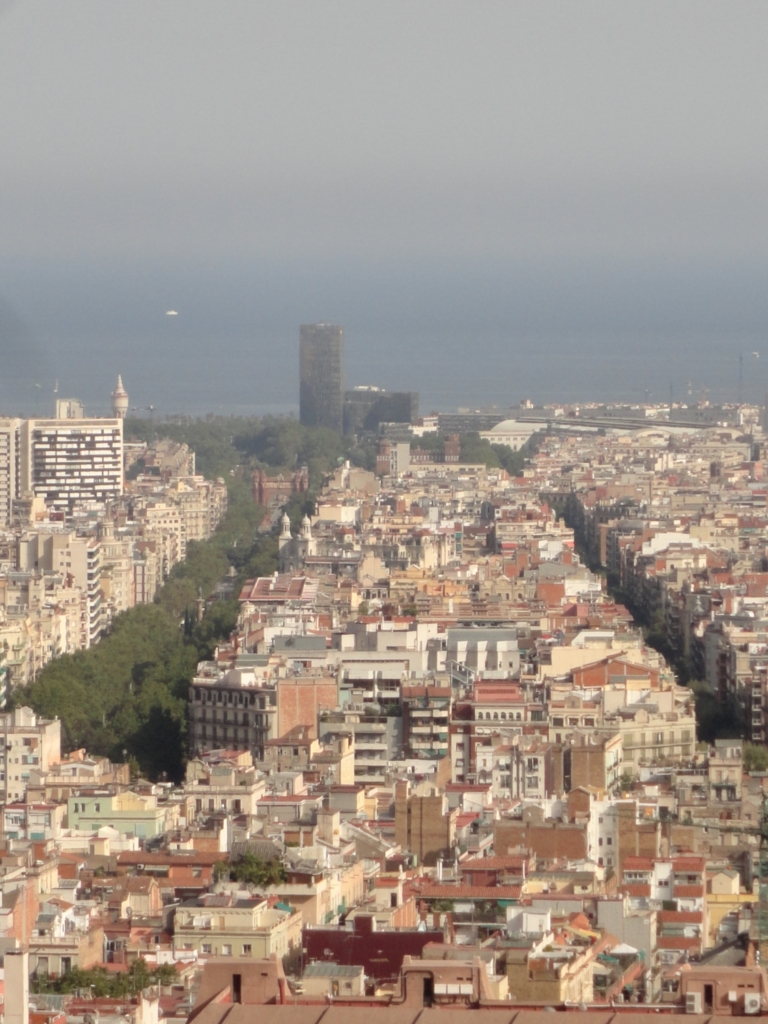
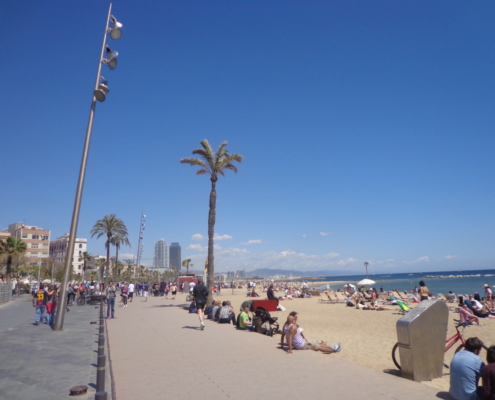
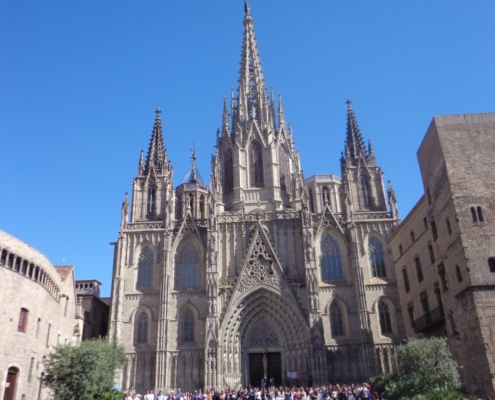
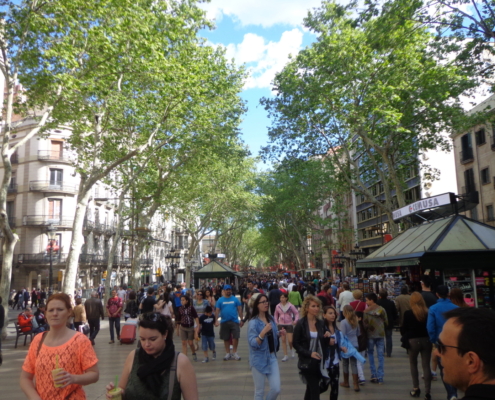
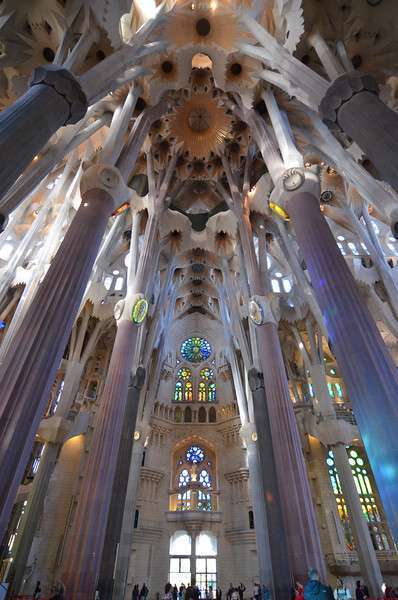
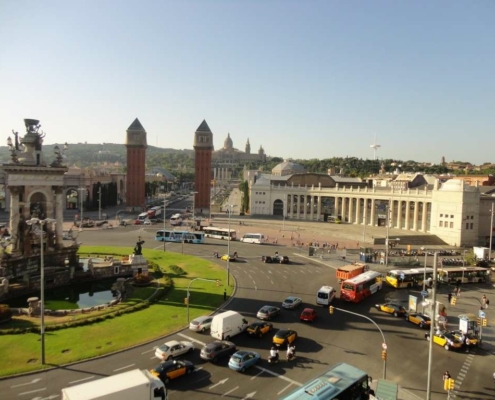
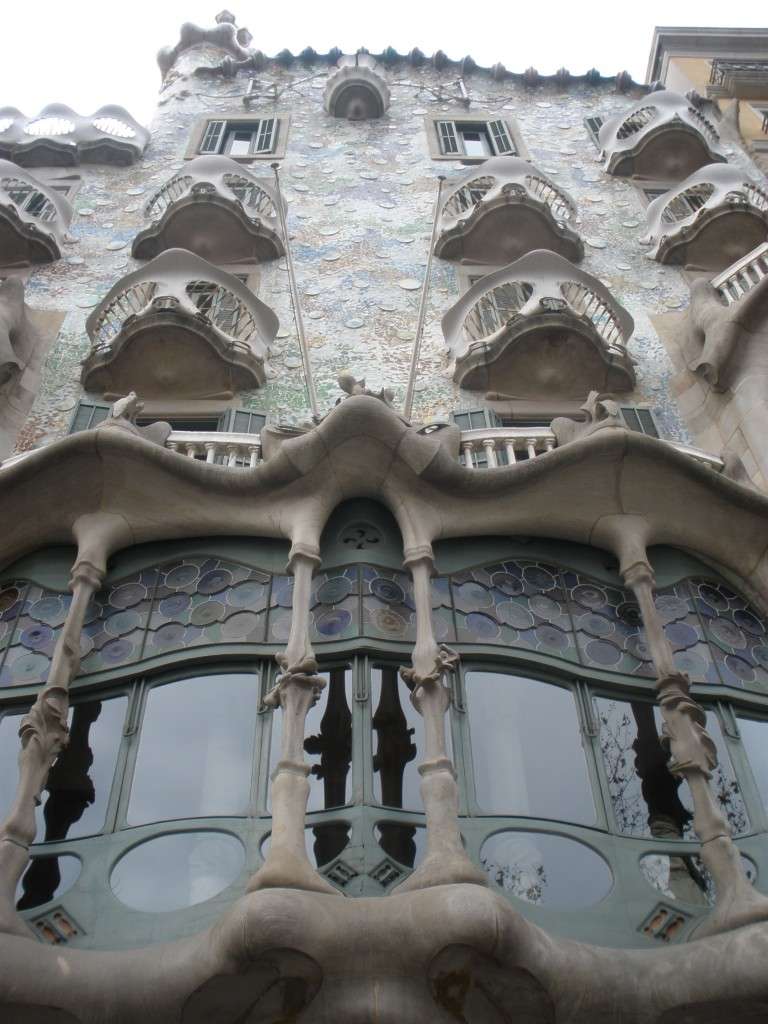
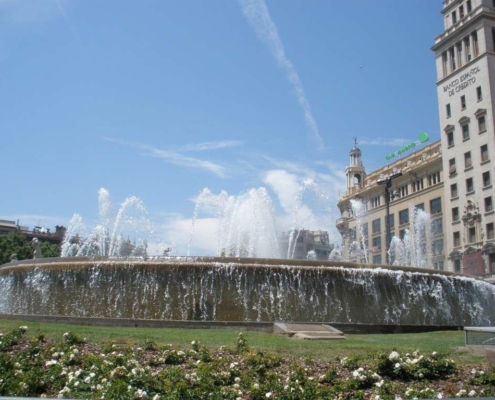
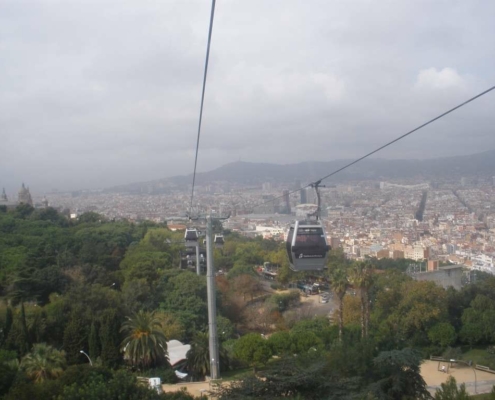
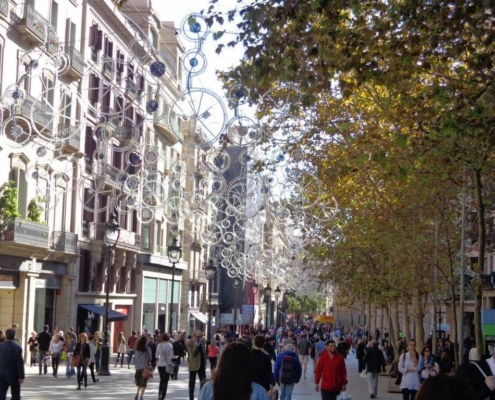
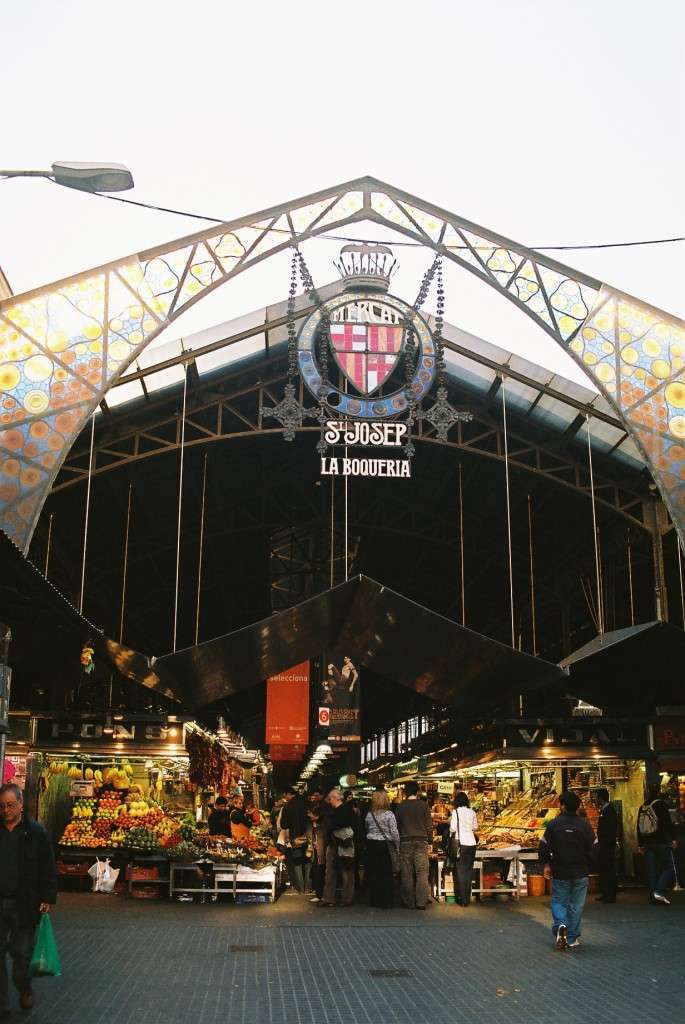
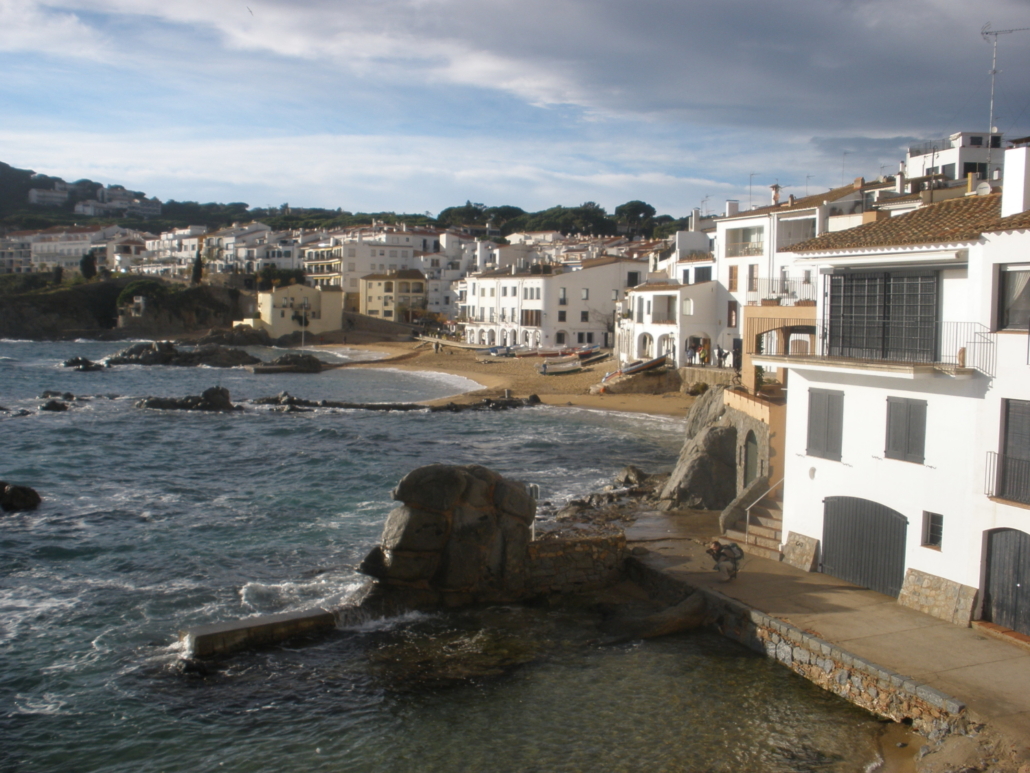
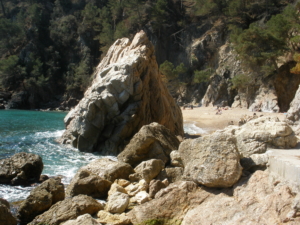
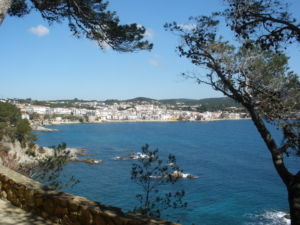
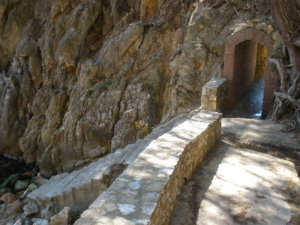
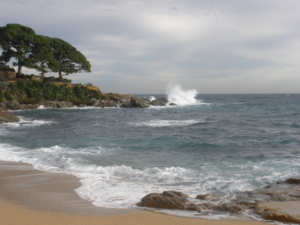
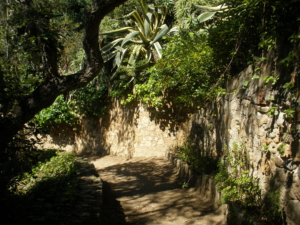
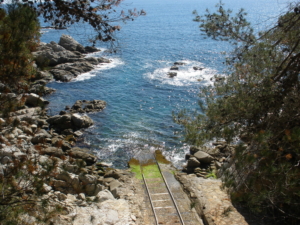
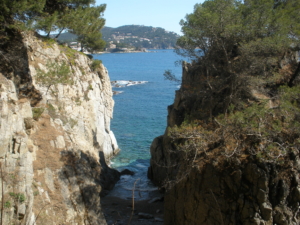
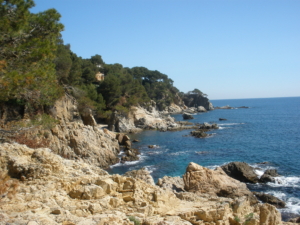
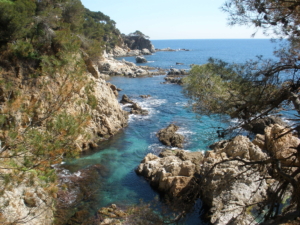
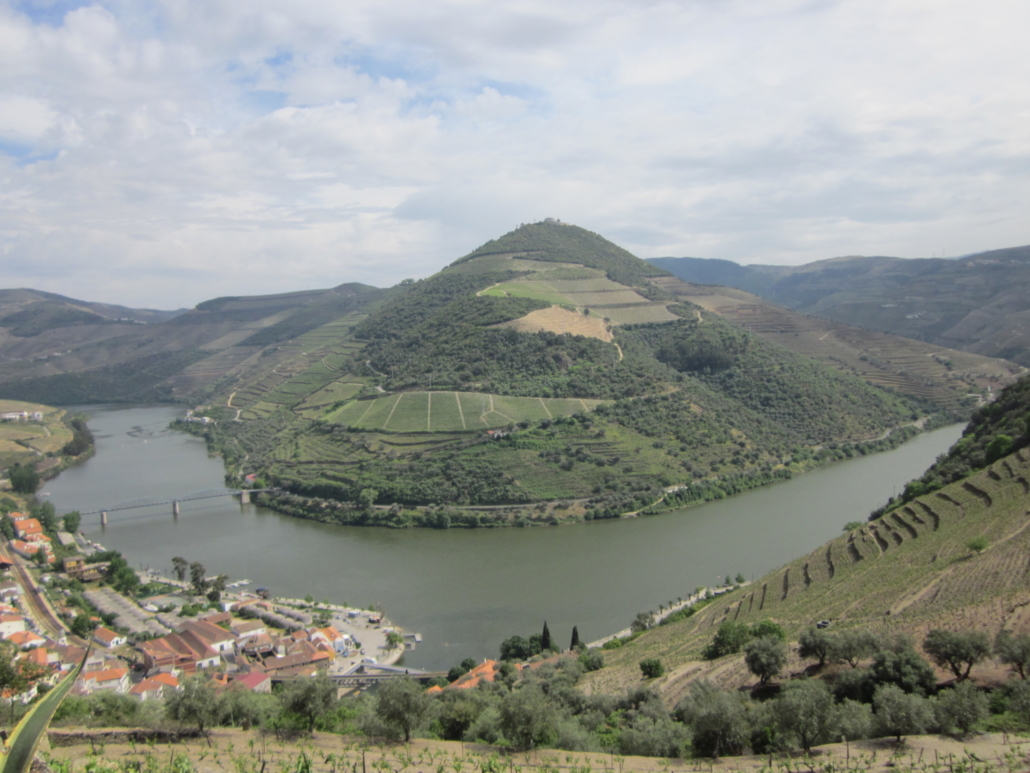
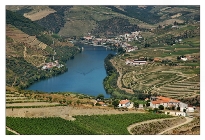 or ride the train meandering alongside the water. Pinhao station is considered one of the most symbolic locations on the Upper Douro wine circuit. The picture postcard train station has 25 blue glazed tile panels covering the main building, representing the local landscapes and habits, predominantly of wine making. The Pinhao to Pocinho route is considered one of the world’s most scenic journeys; the rail line runs just along the river with of course the resultant breathtaking views of the terraced vineyards on the other side.
or ride the train meandering alongside the water. Pinhao station is considered one of the most symbolic locations on the Upper Douro wine circuit. The picture postcard train station has 25 blue glazed tile panels covering the main building, representing the local landscapes and habits, predominantly of wine making. The Pinhao to Pocinho route is considered one of the world’s most scenic journeys; the rail line runs just along the river with of course the resultant breathtaking views of the terraced vineyards on the other side.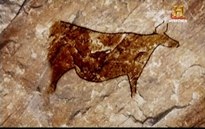 With a luxury rental car provided on your Gourmand Breaks self drive tour travel to Vila Nova de Foz Coa with some spectacular views as the roads wind erratically up and down the mountainside between the different valleys. The town is beautifully situated high above the River Coa, one of the tributaries of the Douro. This is very much an area of olives and almonds as opposed to grapes and the almonds, in particular, make a beautiful sight in early spring. Vila Nova is also the closest town to the 22,000-year-old rock paintings, which were discovered during the construction of a new dam.
With a luxury rental car provided on your Gourmand Breaks self drive tour travel to Vila Nova de Foz Coa with some spectacular views as the roads wind erratically up and down the mountainside between the different valleys. The town is beautifully situated high above the River Coa, one of the tributaries of the Douro. This is very much an area of olives and almonds as opposed to grapes and the almonds, in particular, make a beautiful sight in early spring. Vila Nova is also the closest town to the 22,000-year-old rock paintings, which were discovered during the construction of a new dam.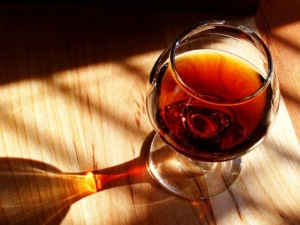 added, and then is aged in wooden barrels. How long it ages determines the taste and how sweet the wine is. There are generally five different types of port wine – white, ruby, tawny, late bottle vintage (LBV), and vintage. White is aged early and is young and robust. Ruby is aged for 3 years with a strong grape and pepper taste. Tawny is aged in smaller wooden barrels and varies from 10 to 40 years with a light, mellow taste. Late Bottle Vintage is aged 4 to 6 years while vintage is from a single harvest and is aged for 2 years in wood and then 10 to 30 years in the bottle. All port wines are medium sweet but they do range from a drier, less sweet to very sweet. Enjoy trying to distinguish between the 5 different types of port wine!
added, and then is aged in wooden barrels. How long it ages determines the taste and how sweet the wine is. There are generally five different types of port wine – white, ruby, tawny, late bottle vintage (LBV), and vintage. White is aged early and is young and robust. Ruby is aged for 3 years with a strong grape and pepper taste. Tawny is aged in smaller wooden barrels and varies from 10 to 40 years with a light, mellow taste. Late Bottle Vintage is aged 4 to 6 years while vintage is from a single harvest and is aged for 2 years in wood and then 10 to 30 years in the bottle. All port wines are medium sweet but they do range from a drier, less sweet to very sweet. Enjoy trying to distinguish between the 5 different types of port wine!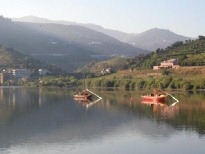 A privately skippered Rabelo cruise on the DouroRiver offers a great chance to see the beauty of the area and the many wineries running down towards the river. These cruises are on replica Vintage boats traditionally used to carry the wine down the river from Douro to the lodges in Oporto. A less luxurious option but still a chance to cruise the river would be to join one of the small group excursions on regular boats, which we can also arrange. Whichever way, they are both a great opportunity for you to see the beauty of the area and the many wineries running down towards the river.
A privately skippered Rabelo cruise on the DouroRiver offers a great chance to see the beauty of the area and the many wineries running down towards the river. These cruises are on replica Vintage boats traditionally used to carry the wine down the river from Douro to the lodges in Oporto. A less luxurious option but still a chance to cruise the river would be to join one of the small group excursions on regular boats, which we can also arrange. Whichever way, they are both a great opportunity for you to see the beauty of the area and the many wineries running down towards the river.